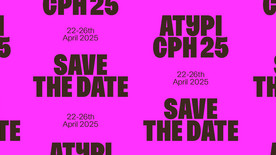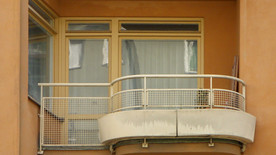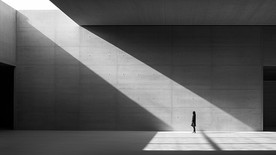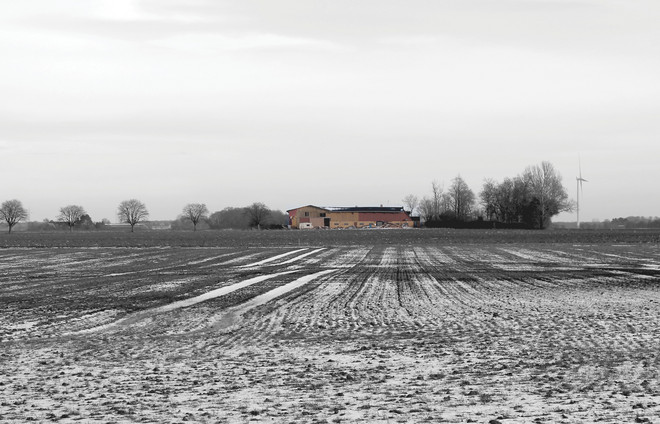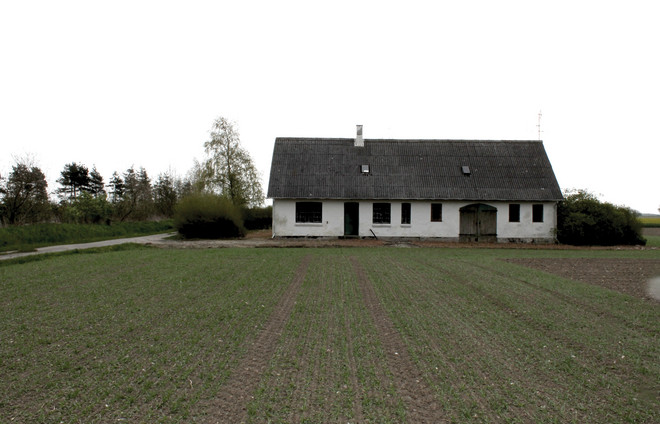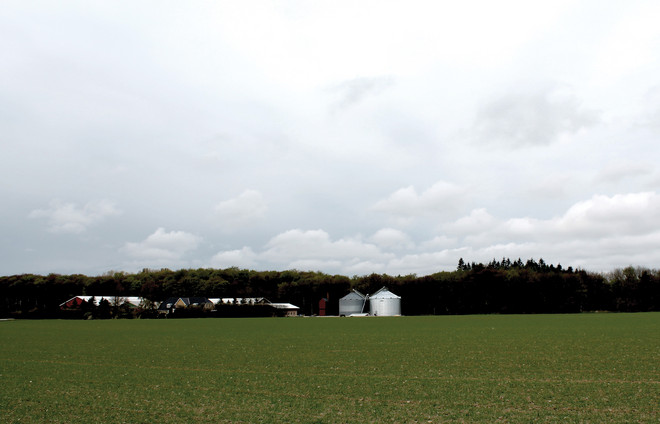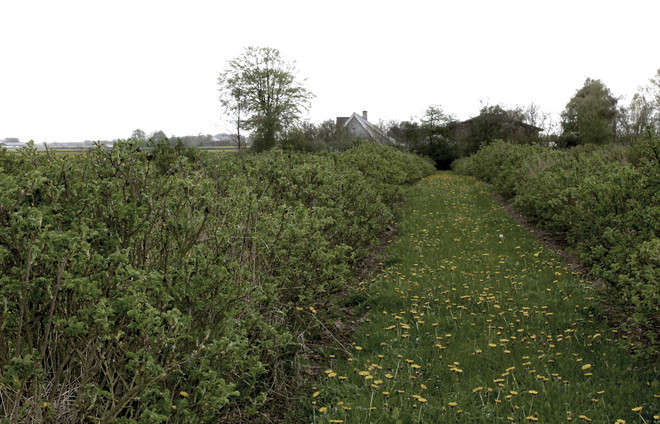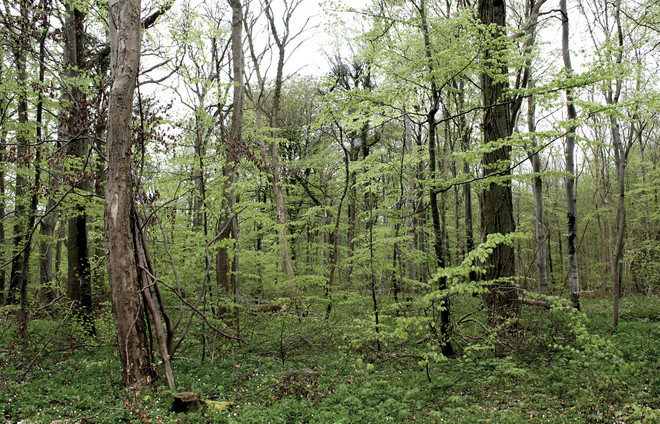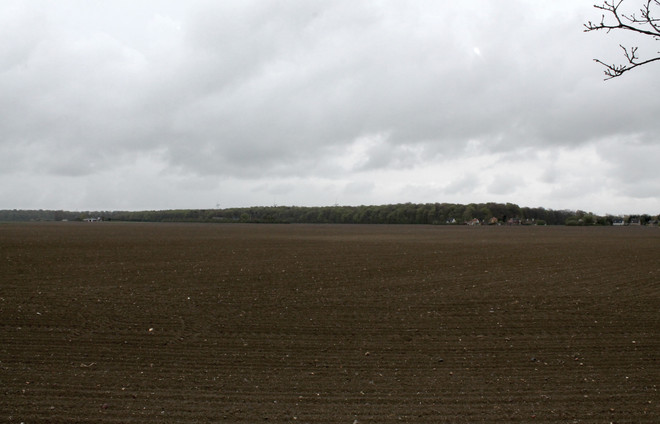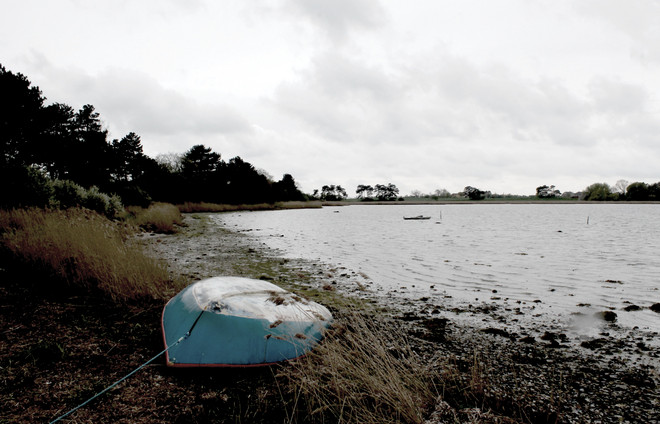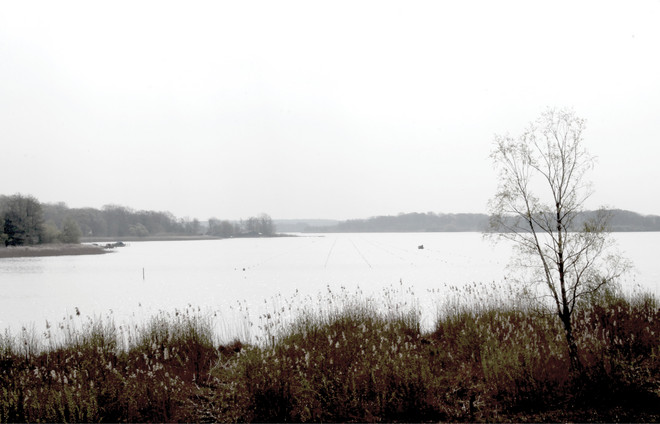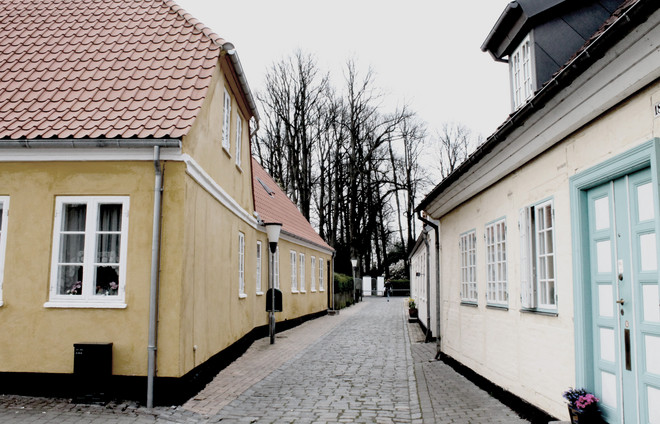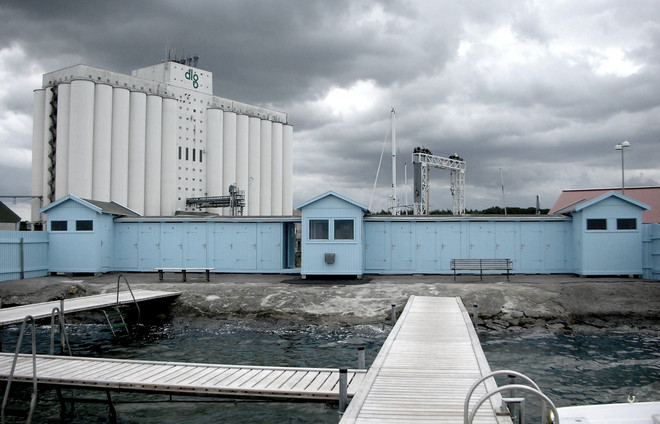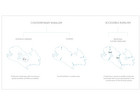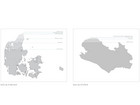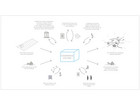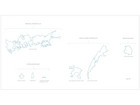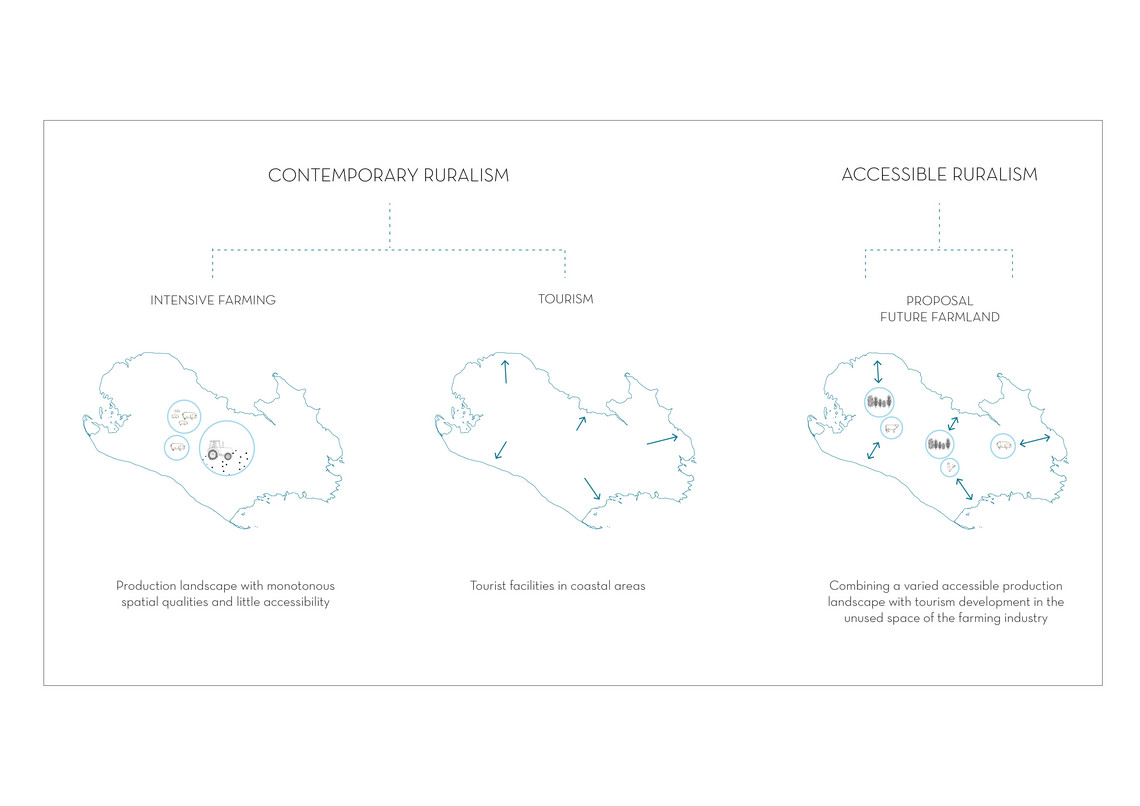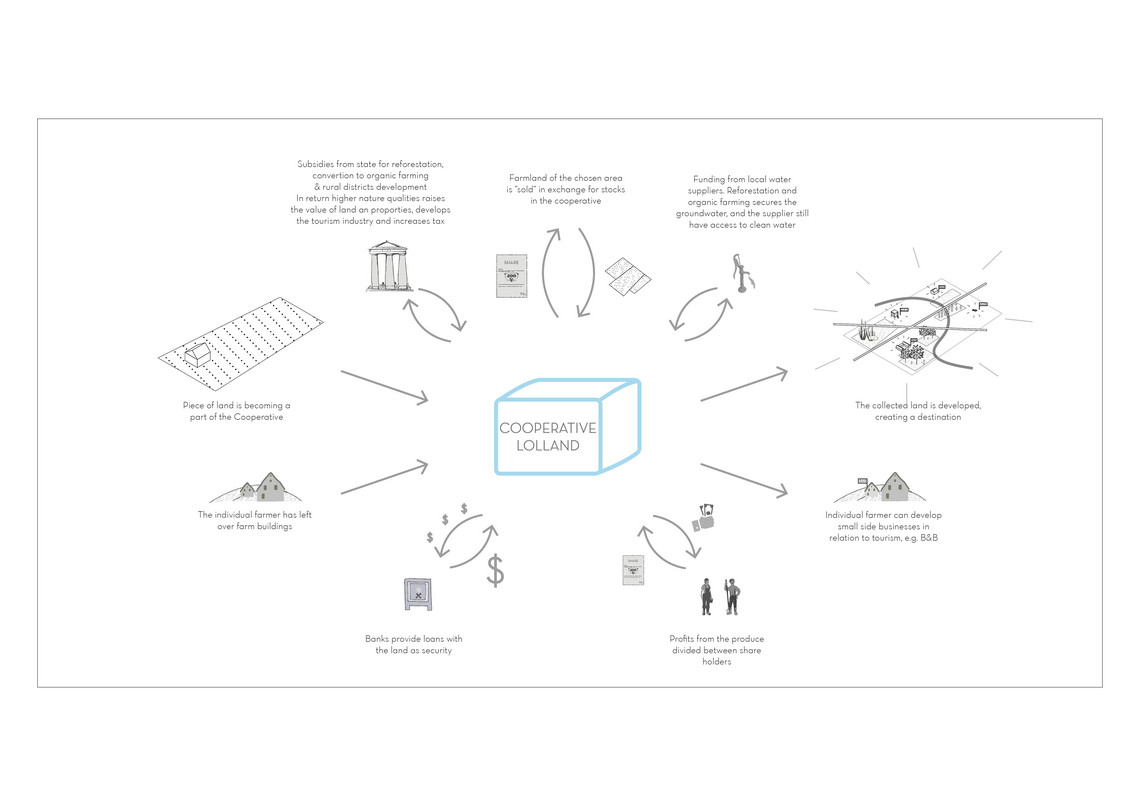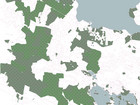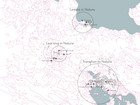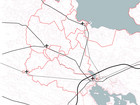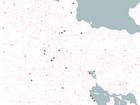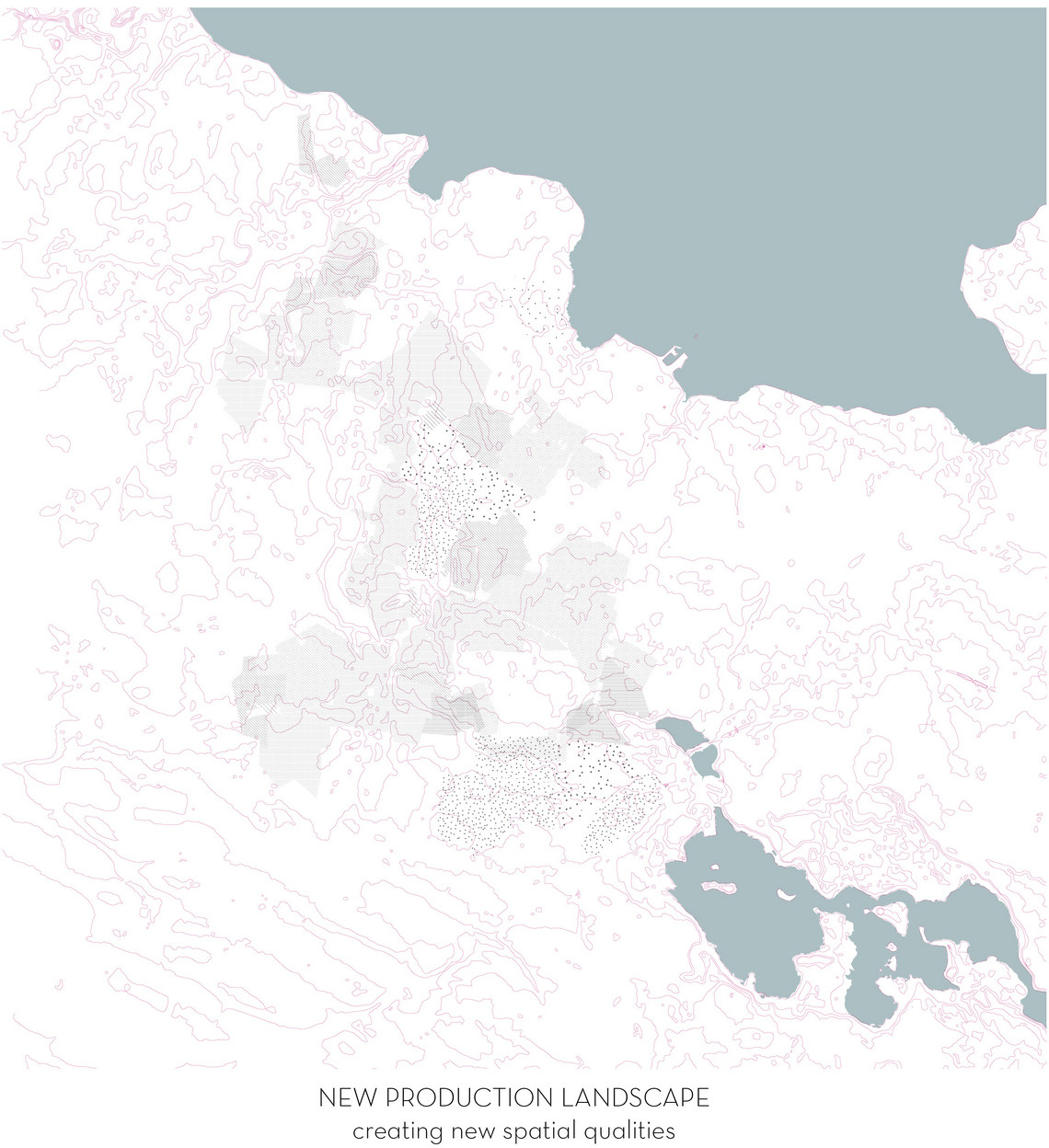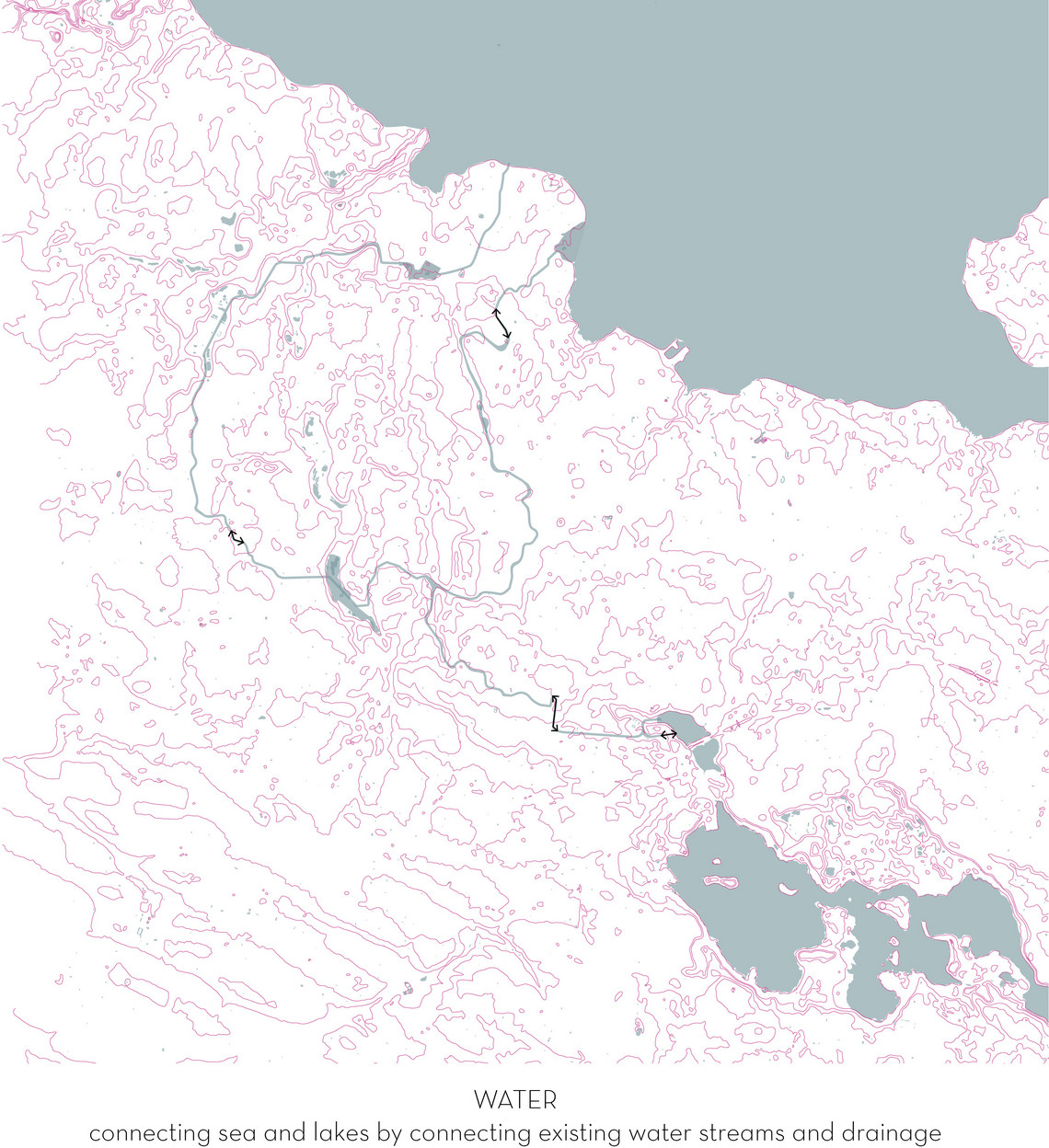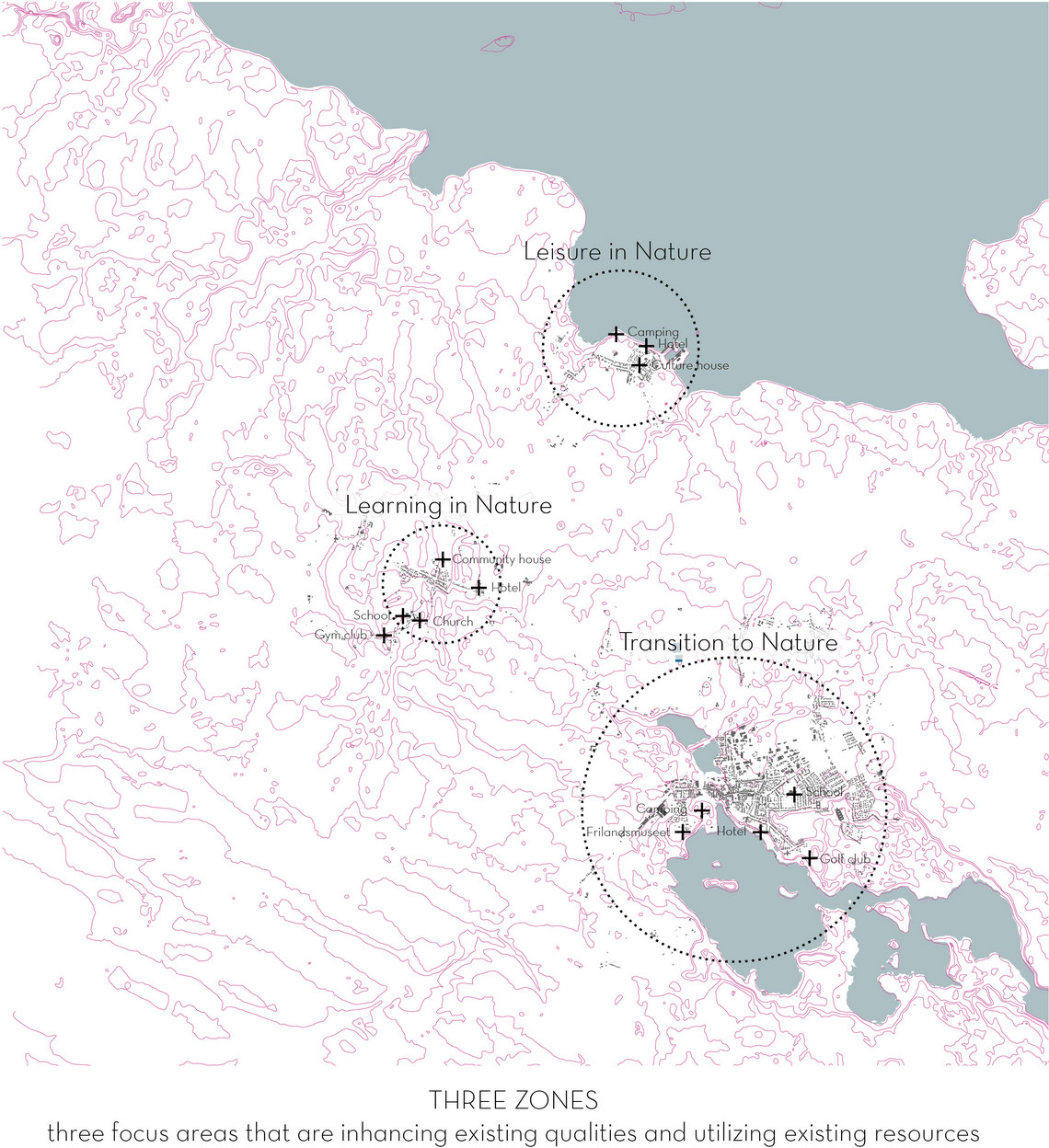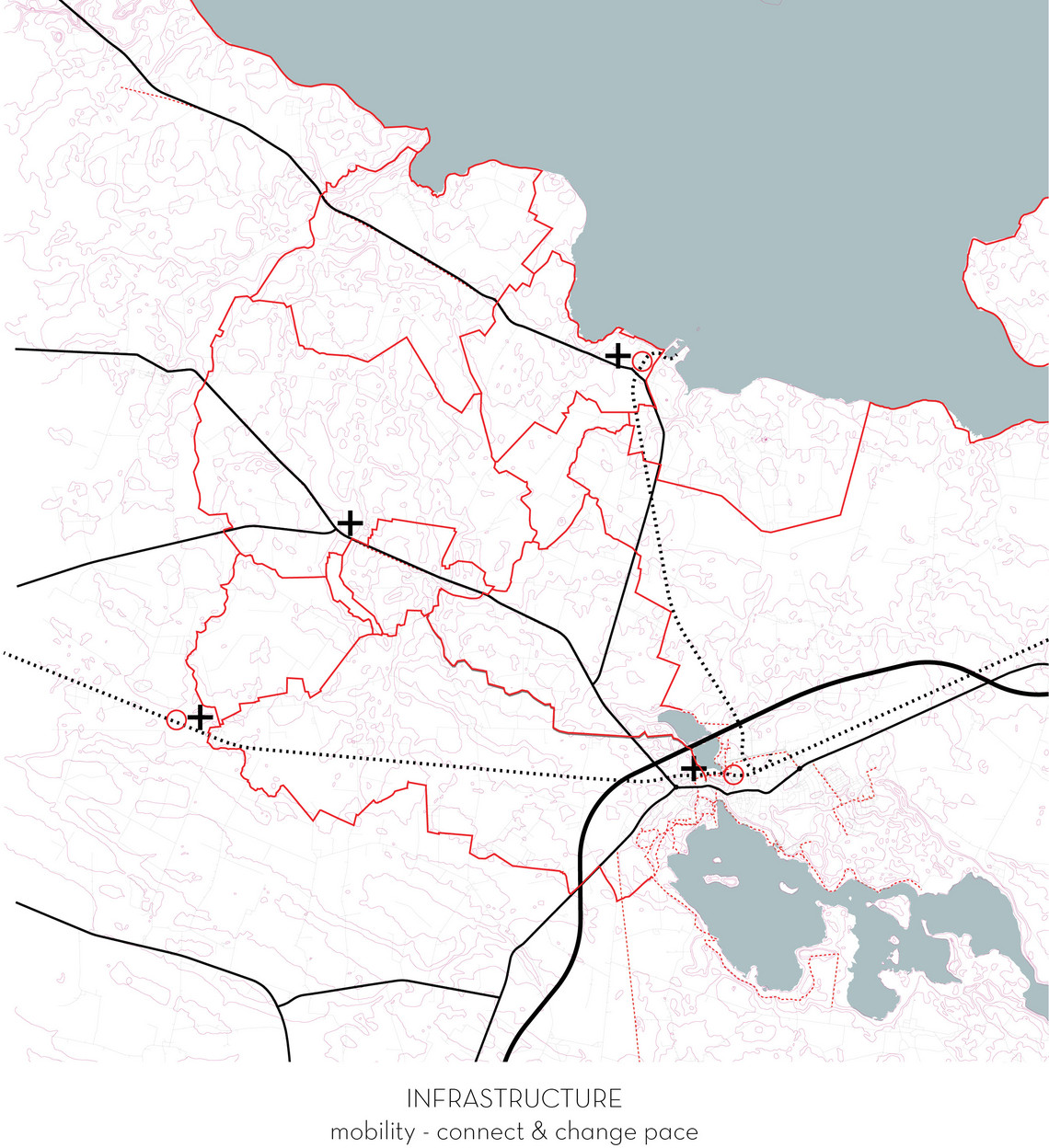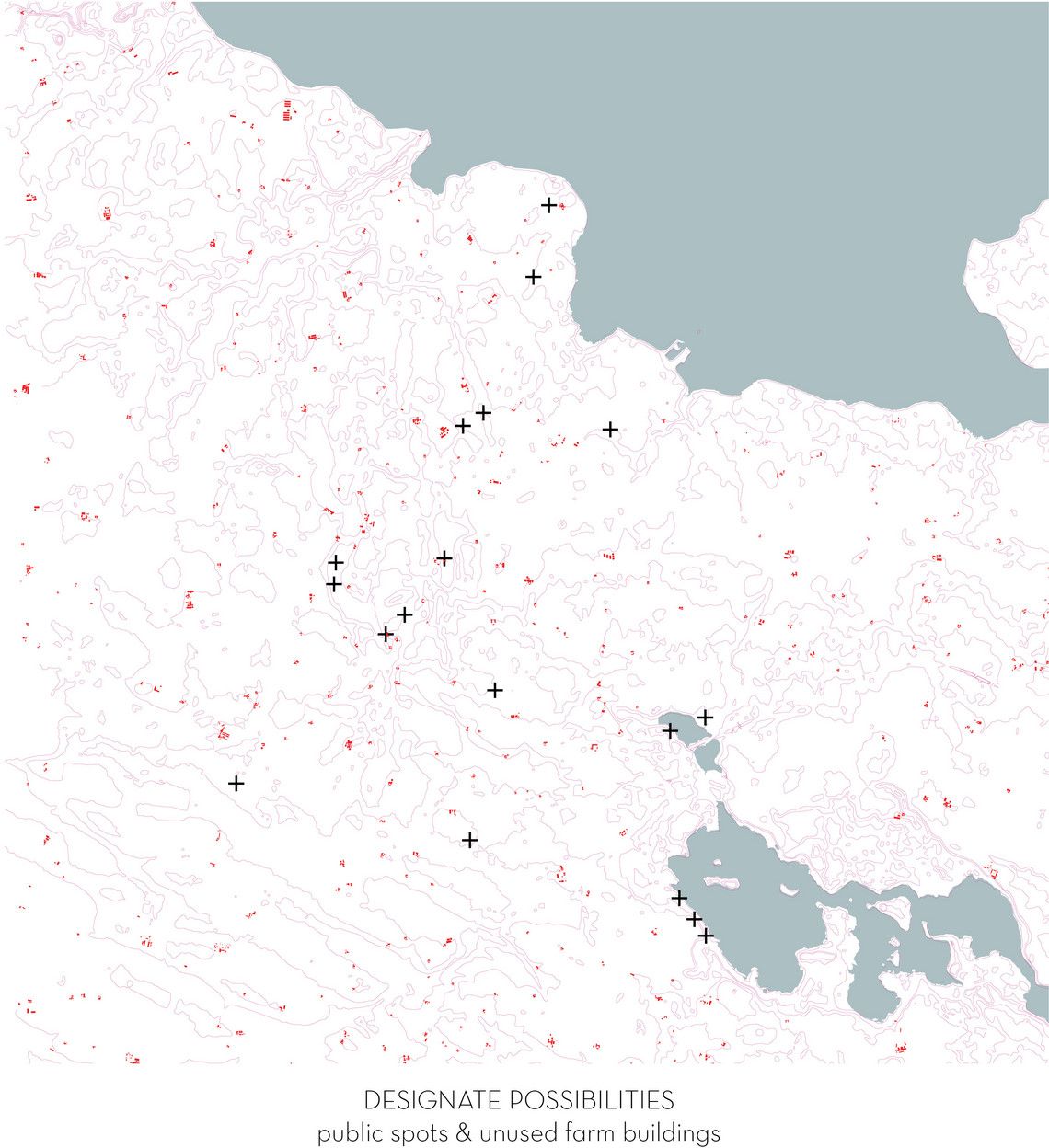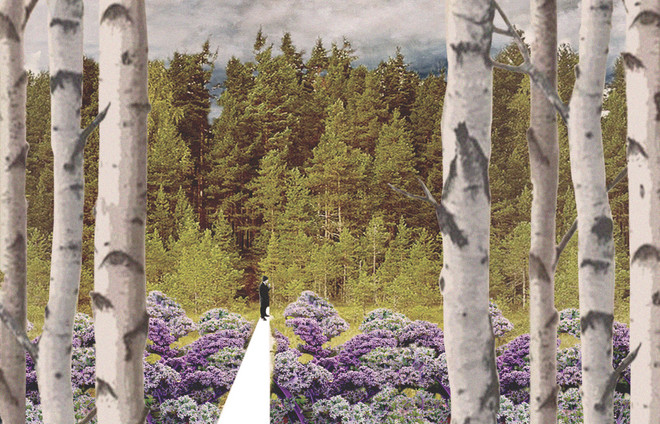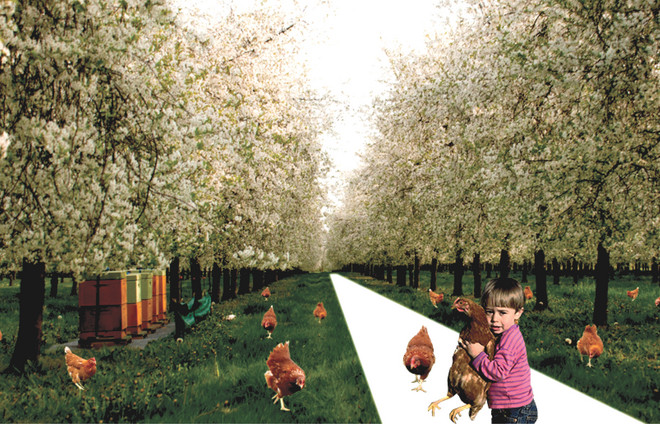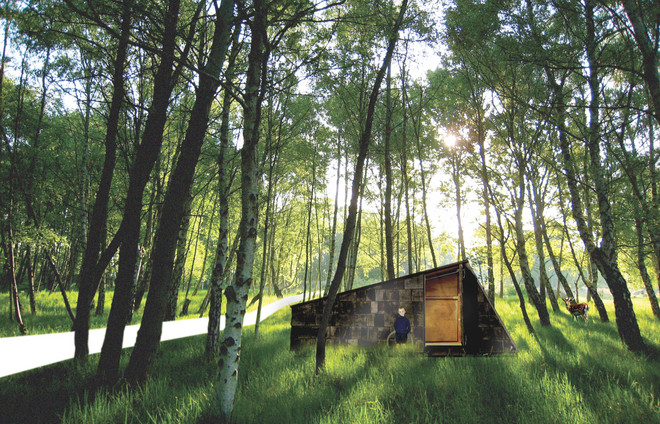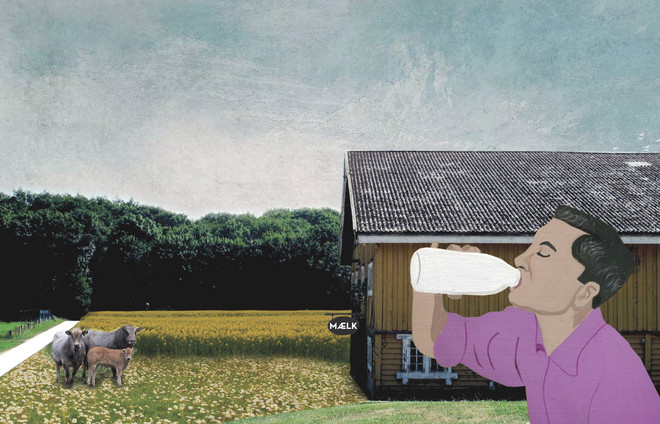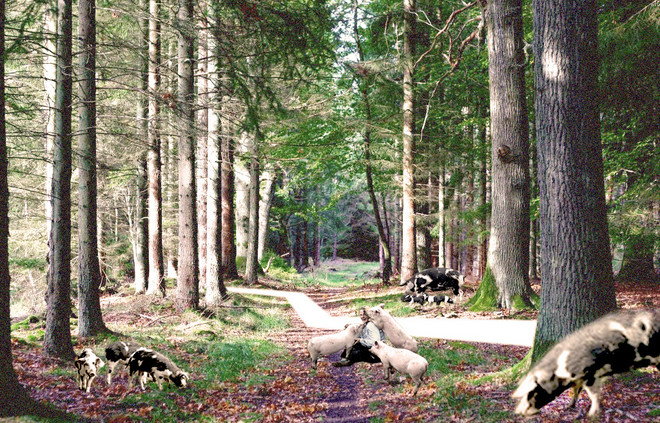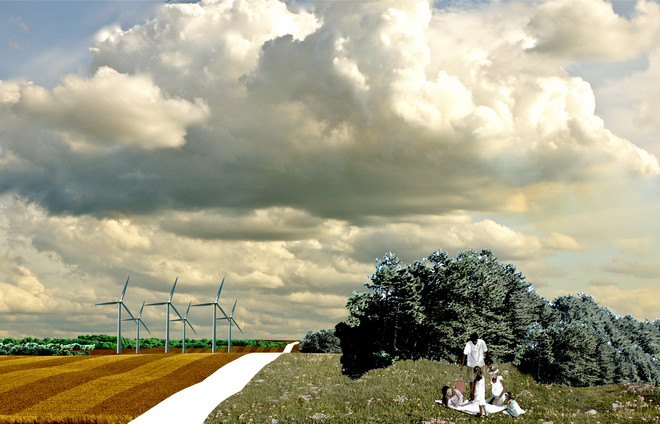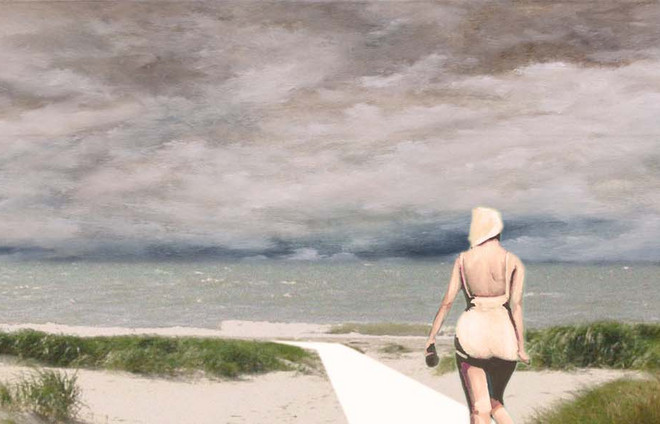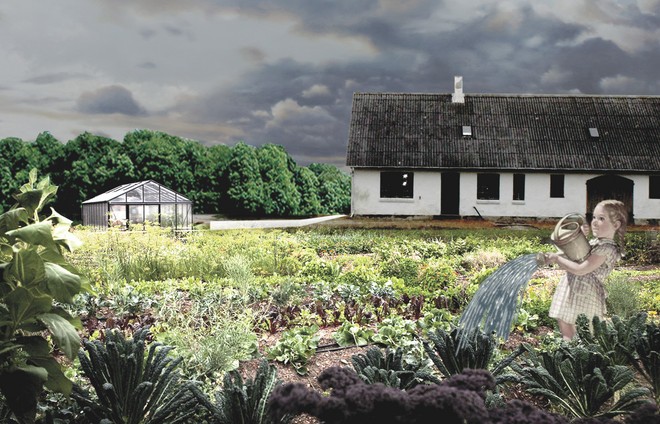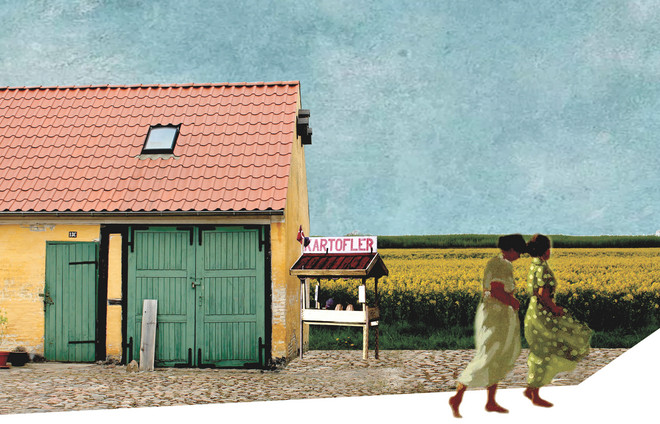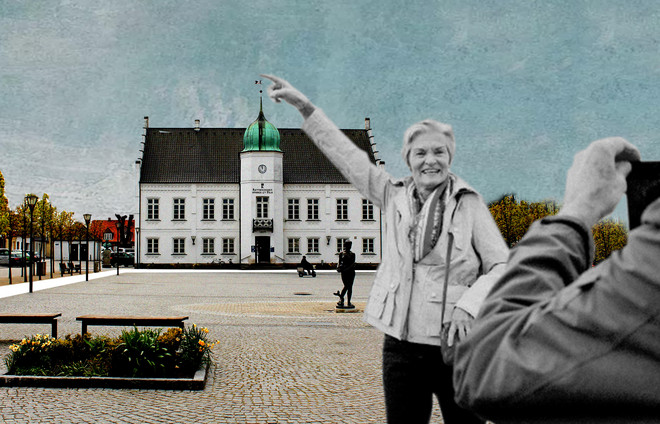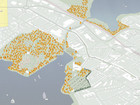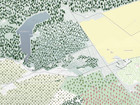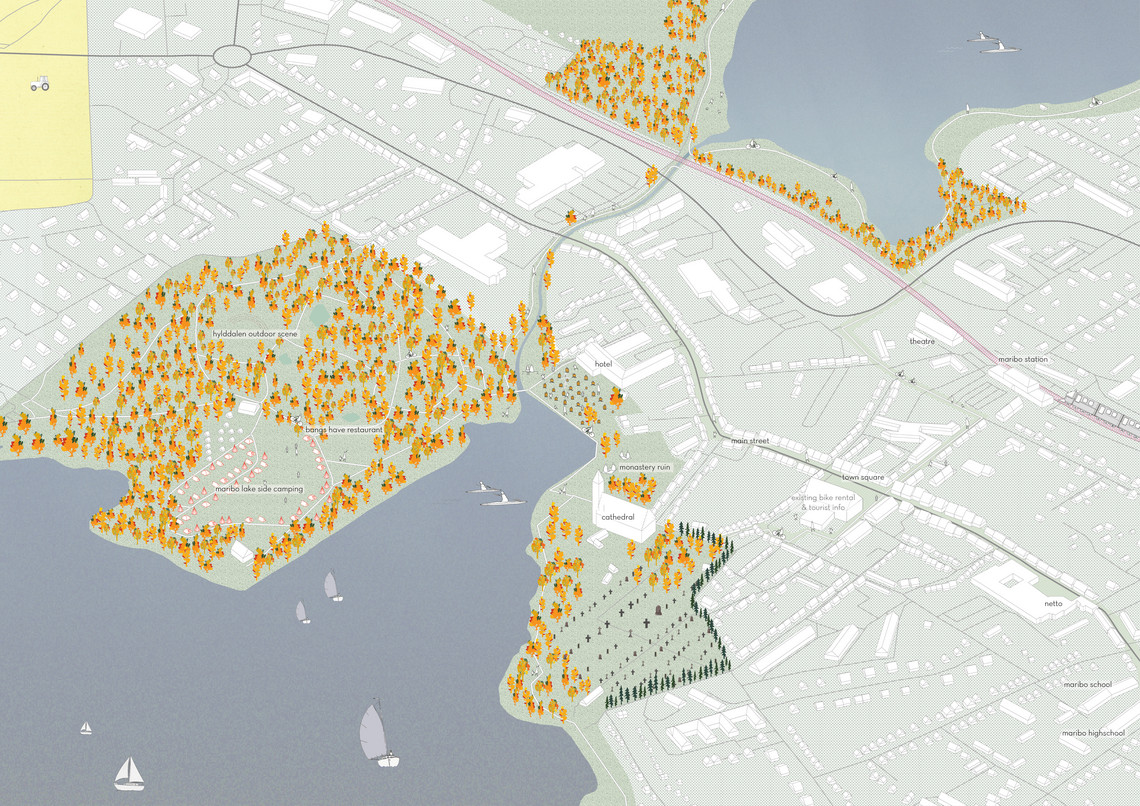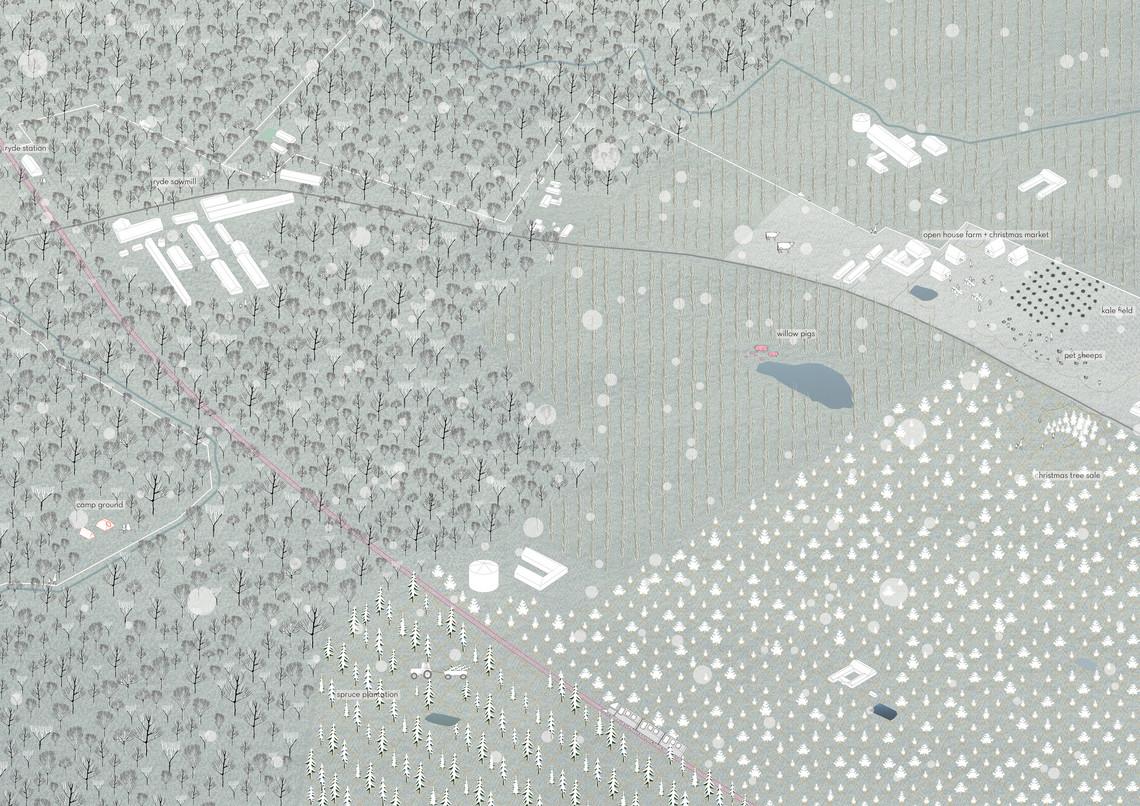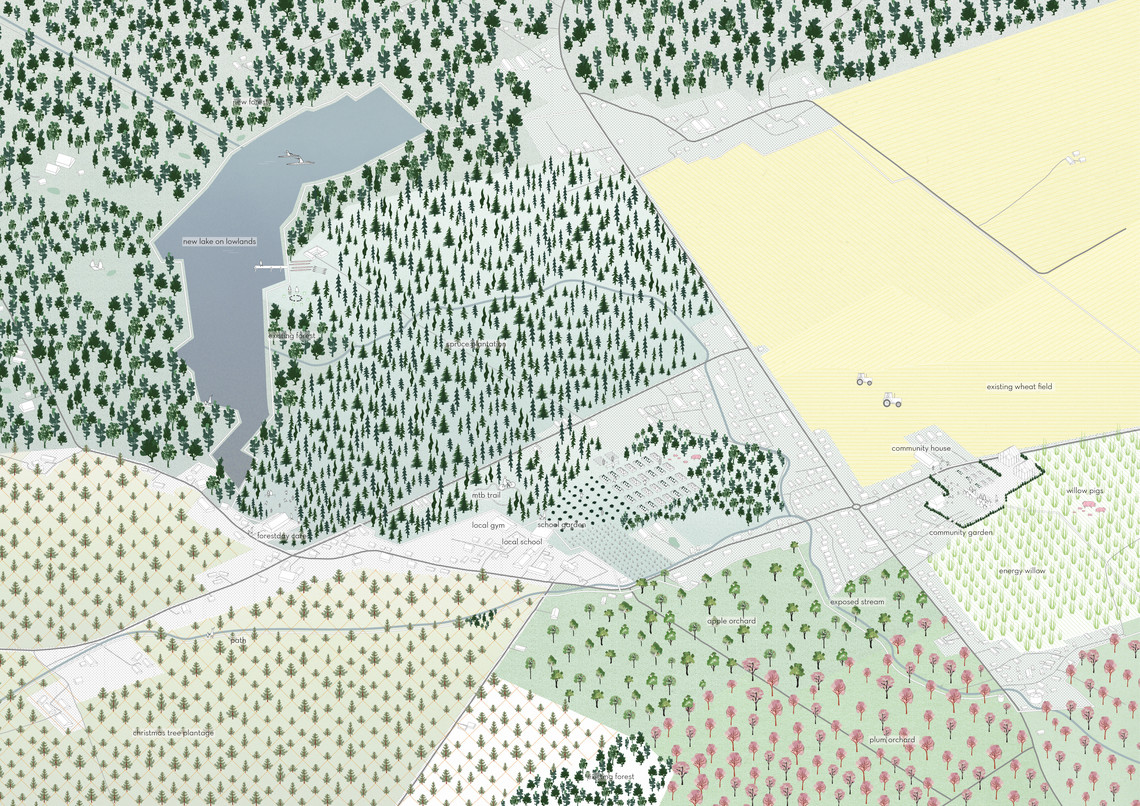
Future Farmland
FUTURE FARMLAND
Developing an accessible cultivated landscape in the context of the struggling farming industry
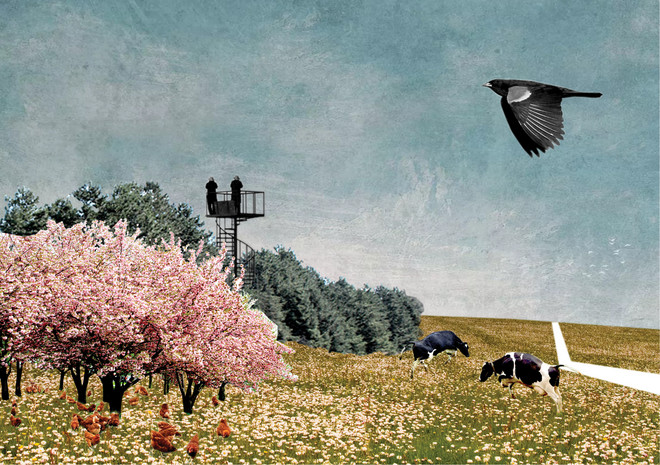
Denmark is the most intensively farmed country in the world.
But though soil in Denmark is very fertile, the farmers are struggling. Competition is hard on international markets selling conventional produce.
Consequences of the structure of the industry is fixing farmers in a position where they cannot afford to convert their farm into a profitable business, and political solutions are pointing in the direction of polluting more.
Although agriculture has been one of the most important industries of Denmark, can we today accept that an industry employing only 3 % of the danish population, is occupying so much of the country’s territory, making it inaccessible for the inhabitants as well as stressing the environment?

- Today living in rural Denmark doesn’t necessarily mean living in nature but living in a pork producing industry; countless fields, industrial buildings and patches of trees.
The Future Farmland project has developed a new vision for the farming industry in the specific context of the area north of Maribo, Lolland, building on the existing municipal strategy of strengthening tourism.
Suggesting a new configuration of land use the project introduce different types of crops creating a production landscape with a higher degree of spatial qualities and a variation of experiences together with an infrastructure that makes the area accessible for the tourists as well as inhabitants.

Based on mappings of Lolland, the test site of the project was chosen north of Maribo
The site chosen is this area between Maribo and Bandholm. Maribo lake is a nature reserve for birds. The area mainly consist of farmed land where sugar roes, wheat, rye and rape seeds are produced and then patches of forest.
The site includes small towns with detached houses and farm buildings of different conditions and size; small older buildings and larger industrial buildings.
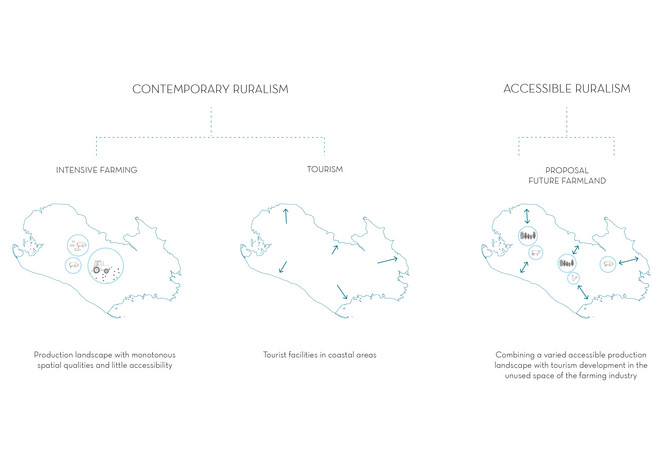
From the analysis I see the current condition of contemporary ruralism as divided in two: The large production landscape with monotonous spatial qualities and little accessibility, from the tourism that mainly exist on the coast.
The project suggest an alternative, that I call accessible ruralism, combining a varied production landscape with tourism development in the unused space of the farming industry.
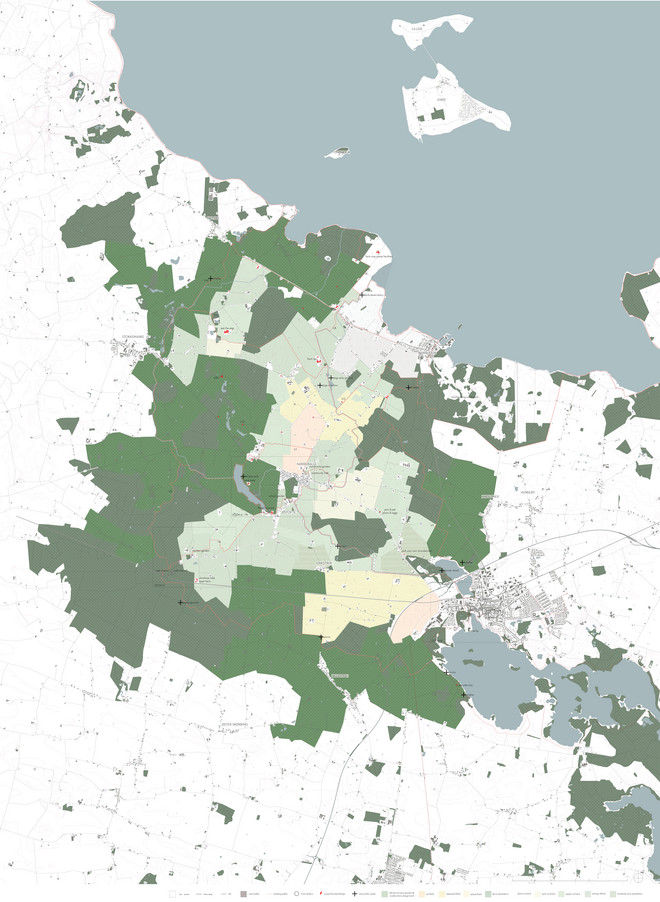
The proposal is divided into 6 strategies,
3 Landscape strategies and 3 Organizational strategies.
The landscaping strategies working with the existing landscape to create a landscape with a higher degree of variation.
The New forest is creating a green loop connecting Maribo to Bandholm and the sea.
The organizational strategies creates a pathsystem that makes the area accessible for tourists and residents relating to existing infrastructure.
The three zones strategy places new programs in the area in relation to existing functions and emphasize the current use of the area.
Possibilities of reusing unused farm buildings are also a part of the strategy since about 40 % of the farmbuildings in the area is currently unused.
The new path system runs through the area. Making the area accessible and creating scenic routes as well as a connectivity that is not existing in the area at the moment
There is an immense potential in re programming unused farm buildings all over Denmark.

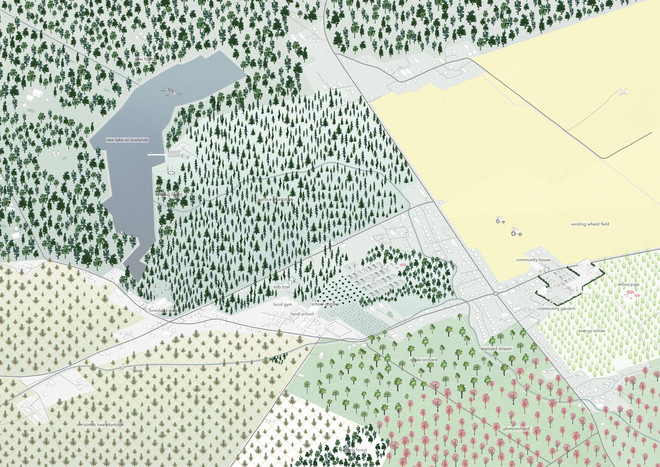
To sum up the intentions of the project, I hope to show the possibilities that are in the development of the danish countryside and the danish production land.
I would like to show that the danish production landscape doesn’t need to be monofunctional but can include different programs, that can benefit from each other, and benefit both farmers, locals and the municipality.










